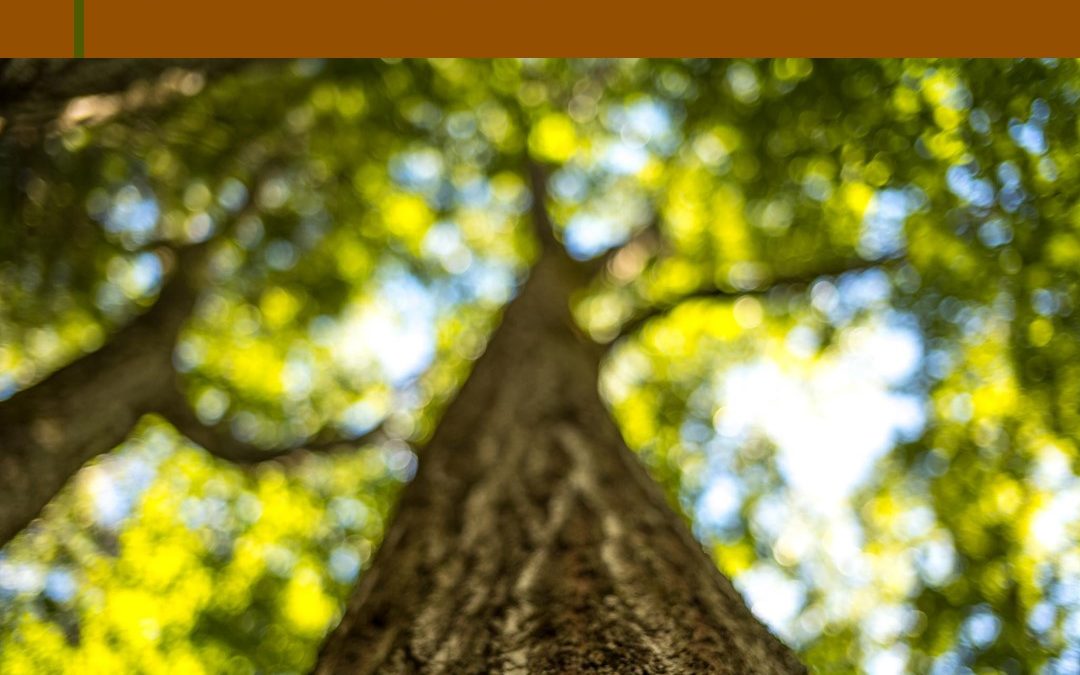Are Chemical Treatments Safe for Trees in San Jose?
Yes, chemical treatments are generally safe for trees in San Jose when applied correctly and appropriately. These treatments help control pests like the San Jose scale, which can cause significant damage if left unchecked. Effective control involves applying treatments during specific periods, such as delayed dormant sprays and a second application in early to mid-June.
Resistance management through rotating insecticides and understanding the pest’s life cycle also enhance treatment efficacy. Pruning infested branches and following product label instructions ensure safe and effective use.
Timing of Chemical Treatments
Chemical treatments are most effective when applied during specific periods. For instance, a delayed dormant spray targeting overwintering scale is recommended. A second application can be made around early to mid-June to target crawlers. Timing is crucial because applying chemicals at the wrong time may not effectively control the pest population and could harm trees.
Insecticides and Horticultural Oil
One effective method for controlling the San Jose scale is using horticultural oil in combination with insecticides. Applying horticultural oil plus an insecticide at the delayed dormant time prevents infestations from becoming established. This approach targets the scales when they are most vulnerable, providing a higher chance of significantly reducing their numbers.
Monitoring and Detection
Monitoring for the San Jose scale is crucial to detecting infestations early. Checking for signs of scale on fruit, leaves, and 1-year-old wood and using pheromone traps and sticky tapes to monitor for male and crawler stages are essential practices. Early detection allows for timely chemical application, increasing the chances of successful control.
Resistance Management
It is important to use products with different modes of action to delay the development of insecticide resistance. To manage resistance, insecticides containing insect growth regulators (e.g., pyriproxyfen or ibuprofen), neonicotinoids, organophosphates, or spirotetramat can be rotated. This practice helps maintain the effectiveness of chemical treatments over time.
Organic Options
For those preferring organic methods, biological control and approved oil sprays are acceptable for managing the San Jose scale. Although these methods are less effective than chemical treatments, they are safer for the environment and can be used more frequently. Organic options may require more diligence and consistent application to achieve satisfactory results.
Tree Vigor and Fruit Quality
San Jose scale infestations can cause significant damage to trees and fruit, leading to reduced yields, deformed fruit, and decreased fruit quality. Preventing infestations early on is essential to protect tree vigor and fruit quality. Chemical treatments, when used correctly, help maintain the health and productivity of trees.
Host Range and Life Cycle
San Jose scale feeds on various fruit hosts, including apple, pear, plum, cherry, peach, apricot, and berries, as well as nut-bearing trees and many ornamental trees and shrubs. The insect has a life cycle of approximately 37 days, two generations per year, and overwinters in the black cap stage. Understanding the pest’s life cycle helps to time the chemical treatments more effectively.
Cultural Control
Pruning out infested branches is an important cultural control method. This practice reduces scale numbers and opens up the tree canopy, allowing for better spray penetration if chemical treatments are used. Combining cultural practices with chemical treatments enhances overall pest management.
Degree Days
Timing chemical treatments based on degree days can be effective. For example, applying a delayed dormant spray when the temperature reaches 51°F and using a degree-day model to time sprays targeting crawlers ensures that treatments are applied when the pests are most susceptible. This method improves the efficacy of the treatments and minimizes the risk to the trees.
Label Readings
Always read the label of the product being used. Not all registered pesticides are listed, and the effectiveness of different products can vary depending on the specific product and application timing. Following label instructions ensures that the chemical treatments are used safely and effectively.
Recap
Chemical treatments can be safe and effective for managing pests like the San Jose scale on trees in San Jose. The key is applying them correctly, at the right time, and using other pest management strategies. Monitoring, resistance management, and understanding the pest’s life cycle are essential components of a successful pest control program. When used appropriately, chemical treatments help protect tree health, vigor, and fruit quality, ensuring the long-term productivity of orchards and gardens.


